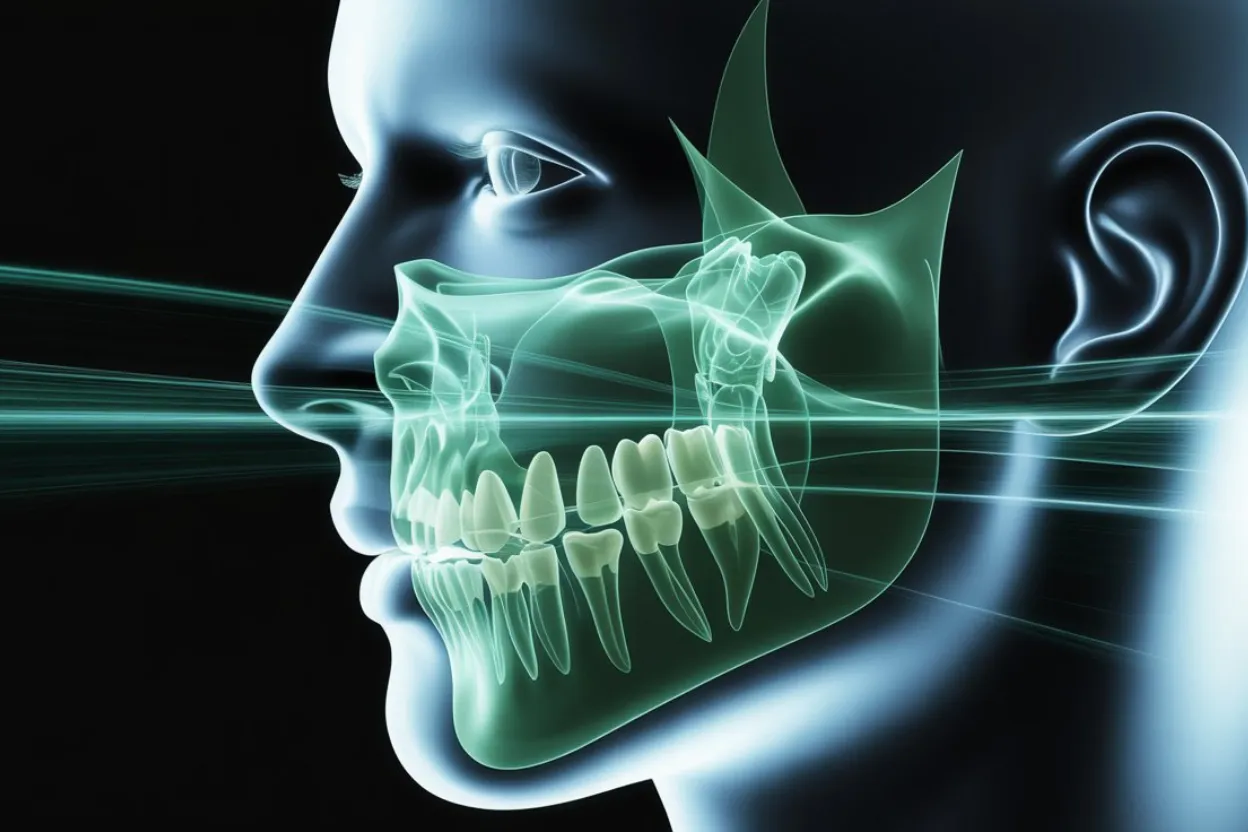You know that old saying, “Out of sight, out of mind?” Yeah, that does NOT work when it comes to your teeth. Dentists aren’t just pulling out X-rays to look cool—they’re trying to spot the stuff you (and honestly, even they) can’t see with just a mirror and a bright light. A full-mouth X-ray is like giving your dentist X-ray vision—suddenly, they can see all the weirdness hiding under the surface, inside your gums, in your jawbone…all that fun stuff.
So, What Even Is a Full-Mouth X-Ray?
Basically, it’s like the dental equivalent of a full car inspection. A full-mouth X-ray (dentists call it an FMX, because why not) is a combo of different images: some small close-ups (bitewings and periapicals), sometimes a big sweeping shot (panoramic), or even a fancy 3D scan if your dentist is high-tech. Each one has a job—catching cavities, scoping out your roots, checking bone, the whole shebang.
Here’s the lowdown:
- Bitewings = check for sneaky cavities hiding between your teeth.
- Periapicals = look at the roots and bone (aka the stuff that actually keeps your teeth in your head).
- Panoramic or CBCT = the big picture: jaw, sinuses, wisdom teeth, the works.
Why Bother? Well, Here’s the Thing…
Most tooth problems don’t come with flashing warning lights. You might not feel a thing until it’s way too late (and way more expensive). X-rays catch stuff like:
- Cavities hiding under old fillings or in weird spots.
- Infections brewing at the roots before you’re doubled over in pain.
- Bone disappearing because of gum disease (seriously, this happens quietly and fast).
- Cysts, tumors, weird growths. Not fun.
- Impacted wisdom teeth that are about to make your life very interesting.
- Cracks in teeth that look fine on the outside.
- Planning for implants—because you can’t just stick those in anywhere.
Long story short? X-rays help your dentist make a game plan before things get ugly.
Early Detection Isn’t Just a Buzzword
Catching stuff early saves you a ton of money and drama. Filling a tiny cavity = cheap. Waiting until you need a crown or—ugh—a root canal? Not so much. Plus, less pain, fewer appointments, and you actually get to keep your real teeth longer. Bonus: sometimes those weird jaw changes on an X-ray can clue your doc into other health problems, like osteoporosis. Wild, right?
How Often Do You Need One?
For most grown-ups, every 3–5 years is fine—unless you’ve got risk factors (stuff like gum disease, lots of crowns or implants, braces, or you’re just really unlucky with cavities). Kids and teens? They’ll probably need them a bit more often. Their mouths are changing faster than a TikTok trend.
Wait, What About Radiation?
Okay, yeah, nobody loves the idea of radiation. But modern digital X-rays use way less than the old-school film kind. We’re talking such a tiny amount it’s like spending a couple hours outside or taking a short flight. Dentists also slap on those lead aprons and thyroid collars to keep you extra safe. If you’re pregnant, they’ll usually hold off unless it’s absolutely needed.
Tech Is Making It Even Better
Digital X-rays are instant—no more waiting for someone to develop film in a creepy back room. Plus, they can zoom in, change colors, and basically CSI your teeth for every tiny problem. 3D scans (CBCT) take things next-level, showing nerves, bone details, and other stuff dentists geek out over. Heck, now there’s even AI that helps dentists spot the tiniest issues they might miss.
What’s It Like Getting One?
Honestly, not a big deal. You’ll bite down on a little sensor or plastic thing, the dentist will click around your mouth a few times, maybe the machine spins around your head if you’re getting a panoramic. It takes, what, 10–15 minutes tops? And you get to see your results right away.
Should You Ask for a New One?
If it’s been more than three years, or you’ve got unexplained pain, swelling, planning for braces or implants, or you notice your teeth shifting—yeah, speak up. Don’t just wait for your dentist to suggest it.
True Story
Had this patient, 42 years old, barely any symptoms—just a little sensitivity. We did a panoramic X-ray just to be thorough, and BAM: deep infection at the root of a crowned molar. Totally invisible otherwise. We saved the tooth with a root canal, avoided a way bigger mess. Without that X-ray? Could’ve lost the tooth and maybe even had the infection spread. Not worth the risk.
Conclusion
Full-mouth X-rays aren’t just some random dental up-sell. They’re actually your best defense against surprise dental disasters. Quick, safe, and the info they give your dentist? Priceless. If you care about keeping your teeth in your head (and not paying through the nose later), don’t skip ’em.



